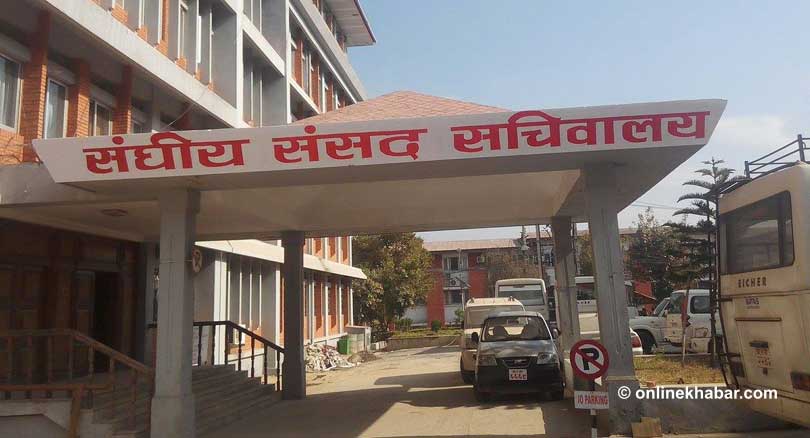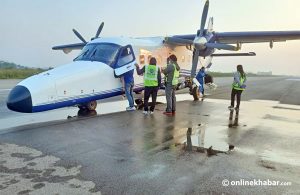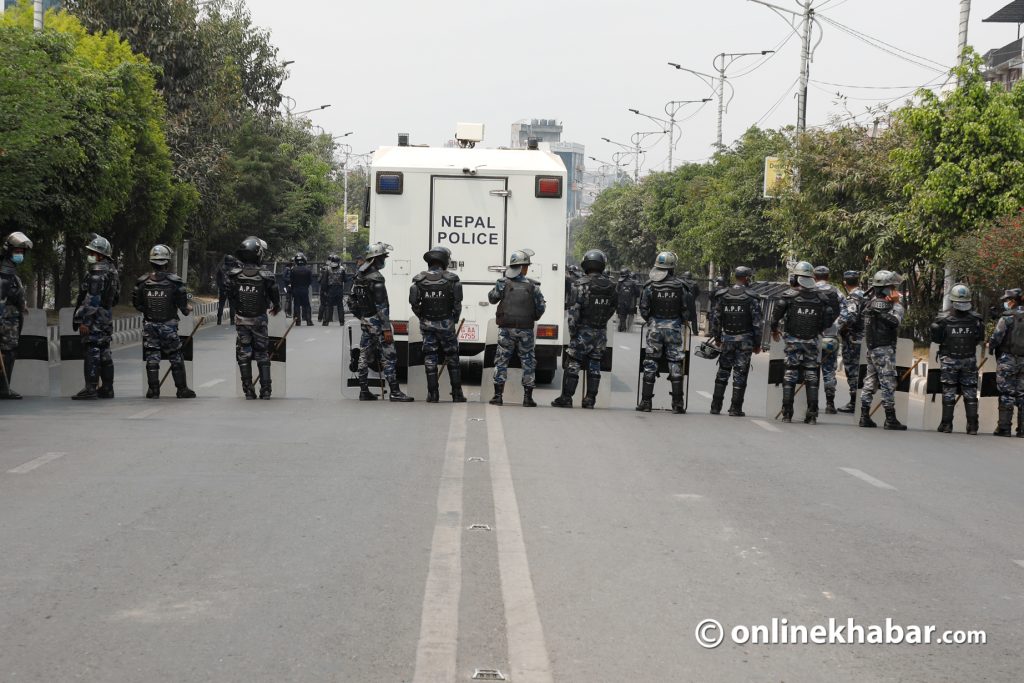
Safety is the condition of being ultimately safe. The concept of safety at work setting was originated during 18th century due to the historical labour movement for industrial revolution in Europe. The environment free from risk is perceived as a safe work environment.
In aviation, safety is the most significant focus issue. Aviation job setting is perceived as a highly sensitive because slight deviation in their performance leads dysfunctional consequences like terrible accidents. Generally, the poor actions of employees lead certain occurrences at workplace. The frequency of occurrences results incident and accident in aviation job setting. The national and international media coverage of such accidents finally determines the image of the nation. At that point, safety becomes our common need or responsibility.
No shortcut safety first
No shortcut safety first, is the global slogan in aviation field. Global aviation activities are guided, coordinated and regulated by International Civil Aviation Organization (ICAO) through the development of strategic policies and standards.
ICAO has recently imparted a comprehensive strategic plan entitled — safe skies and sustainable future— for aviation. The total 193 nations affiliating to ICAO are collaborating towards global aviation safety with the aim of zero fatalities in air transportation by 2050. For that purpose, aviation professionals need to secure errorless performance in aviation job setting and ensure the ample awareness towards safety among professionals, passengers and general public by developing safety citizenship.
Safety citizenship behaviour is perceived as an extra role behaviour of employees besides their organisationally defined formal job duties. It is a prosocial behaviour perceived as an essential factor for maintaining safety.
Safety citizenship behaviours are the voluntary activities of employees towards safety like helping subordinates, taking initiation for improving safety, positive mouth and actions towards safety, voicing for safety, reporting unsafe acts, civic virtue and proposing administrable change for safety.
The aviation industry not only pose a significant base for national economy but also enrich the global economic and touristic activities. Therefore, safe, secure, efficient and sustainable air transportation at national and global level is essential.
Basically, air transportation is perceived as the fastest and safest mode of travel but ICAO safety report, 2024 data revealed that many aviation employees and passengers are killed by accidents in global aviation job setting. Safety citizenship behaviours are the most important participative behaviours that finally supports workplace safety and prevent accidents in aviation job setting.
In aviation standard, core professionals accurately perceive the associated risks and professionals with high safety citizenship behaviour mostly concerned with the wellbeing of team members and passengers by maintaining safety. Professionals having poor safety citizenship are found associated with indiscipline, attitude of complacency, carelessness and over-confidence which finally results safety dearth.
Reducing workplace hazards
Aviation professionals are also humans equipped with emotions (like fear, anger, sorrow, jealousy, joy, wonder, love, hate etc.), attitudes, values, aspirations, cognitions and different personality orientation. They generally take decisions on the basis of approved regulations, procedures and knowledge based on standard practices in aviation but in emergency or critical situations their psychological capitals affect their decision making. For the rational decision making in critical situations, they need high level of emotional intelligence, situational awareness resilience, safety citizenship and airmanship. Safety citizenship boosts airmanship among aviation professionals.
Aviation professionals are the direct member of aviation industry and passengers are the consumers and they indirectly affiliated to this industry. We all are affiliating with this industry directly or indirectly. Therefore, aviation safety is the joint moral responsibility of all concerned and we all need to exhibit safety citizenship behavior for being a part of this industry.
Safety citizenship behaviour helps to establish safety culture within industry. Safety culture focuses on the importance of safety values, attitudes and beliefs shared by the members of the industry. Safety citizenship behaviour plays an important role in reducing workplace hazards. Therefore, aviation professionals must pay considerable attention toward developing safety citizenship among their employees and stakeholders by establishing better safety management processes.
Safety citizenship can be developed by reciprocating respectful, trustable & healthy relationship among aviation stakeholders. Safety citizenship is strongly associated with leadership. Leading is about motivating employees and public for a greater good in the field. Leaders concern toward the welfare and wellbeing of employees and public finally motivates them toward safety citizenship behaviors especially in high consequence industries like aviation.
Safety citizenship can be developed through a standard practice for managing risks, increasing the level of emotional intelligence, fostering the positive work attitude, maintaining trustable relationship among stakeholders and ensuring supportive leadership.
We need to provide trainings and educating maintainers of aircraft and other equipment, infrastructure developer, aviation personnel, passengers and public for the continuous improvement of aviation safety in Nepal.




















